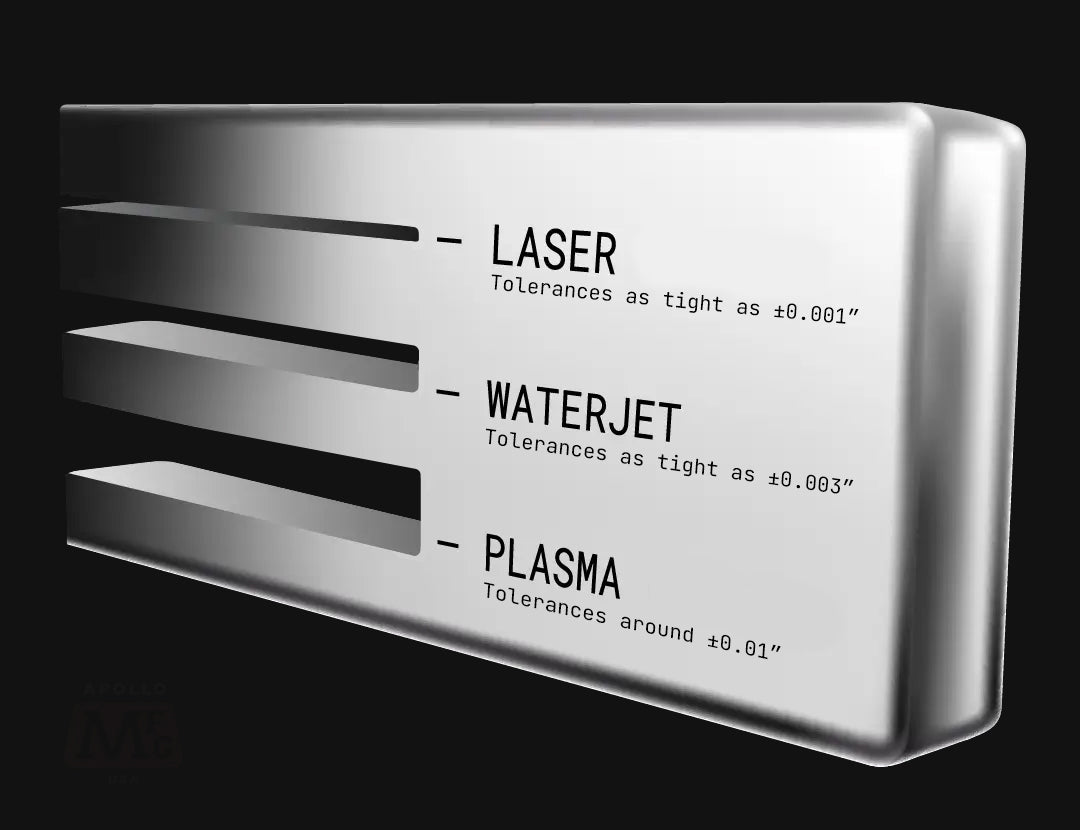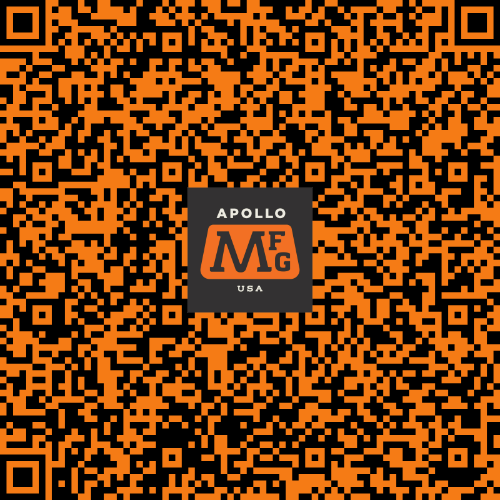
The History of the Gobo
Share
Gobos might seem like a modern piece of technology, but the history of the gobo dates back to the early 20th century when it emerged as a crucial tool in the field of theatrical lighting. Though no one really knows for certain how the term got coined or its exact definition, the term "gobo" is believed to be an abbreviation for "Go Between" or "Goes Before Optics," highlighting its primary function as a device placed in front of a light source to shape or project patterns. The concept of using gobos in theatrical lighting began gaining traction in the 1920s, with the rise of modern stage productions and the need for more sophisticated lighting effects.
Initially, gobos were simple metal stencils with cut-out patterns that could be inserted into a lighting fixture to project shapes or images onto a stage. As technology advanced, the materials and manufacturing processes for gobos evolved. In the mid-20th century, glass gobos became popular, offering greater durability and more intricate designs. The introduction of computers and digital technology in the late 20th century further revolutionized gobos, allowing for precise control and a virtually limitless range of customizable patterns. Gobos have also evolved far beyond metal. Our shop most frequently works with metal, however, we also offer gobo options in black and white and color glass.
While technology in the entertainment lighting realm continues to evolve, gobos are still a go-to for many in the industry. Not only are they used in theaters, but also in various other industries, including concerts, architectural lighting, and event production. The creative freedom offered by gobos have made them an indispensable tool for lighting designers, enabling them to enhance visual experiences and create immersive environments across different settings.
With our world-class machine shop, we're capable of cutting not only gobos, but a variety of thin metal projects as well. Contact us to learn more or get a quote today.







